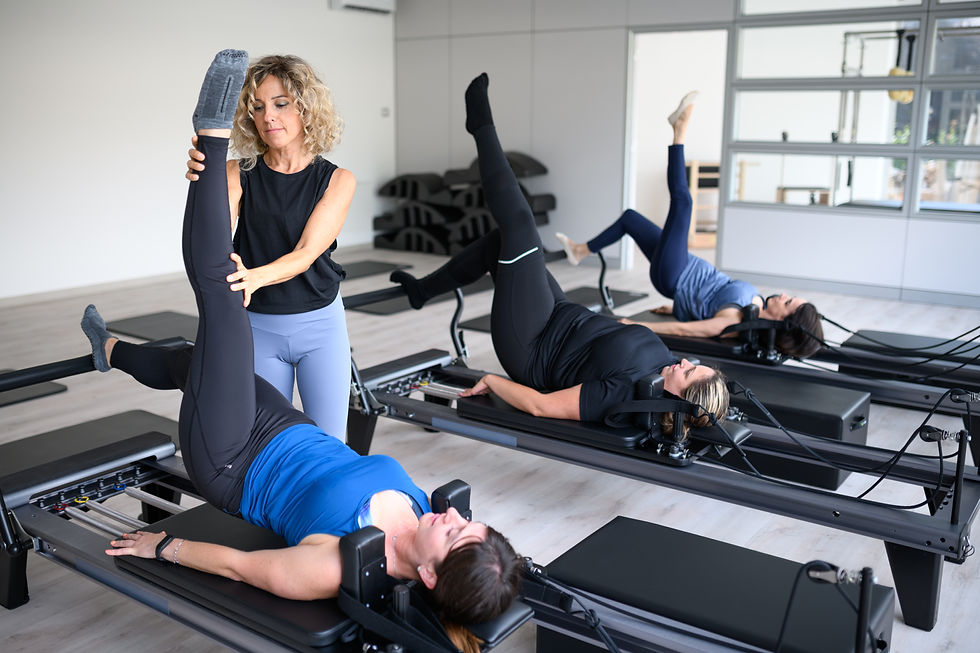The Myth of Perfect Posture: Finding Comfort in Your Own Alignment
- Jeanine Yutani

- Mar 12
- 2 min read
For decades, we’ve been told there is a perfect posture—shoulders back, spine straight, core engaged. Posture “corrections” promise fewer aches, better movement, and even confidence. But in reality, this one-size-fits-all idea of alignment doesn’t reflect the diversity of human bodies.
Bodies are not identical. We have different limb lengths, spinal curves, joint structures, and movement patterns shaped by our history, habits, and even genetics. What works as "good posture" for one person may feel rigid and forced for another. The truth is, there is no single right way to stand, sit, or move—only what feels right for you.

Why Traditional Posture Advice Doesn’t Work for Everyone
Most posture cues assume a standardized body—a symmetrical, evenly proportioned frame with balanced muscle tension. But real bodies don’t fit into this mold. Consider:
Skeletal Variations – People have different spinal curvatures (some naturally more kyphotic or lordotic), varying hip socket depths, and different rib cage shapes.
Movement History – A dancer’s posture differs from a powerlifter’s, and neither is "wrong"—they reflect years of adaptation to different movement patterns.
Body Proportions – Someone with a longer torso and shorter legs will naturally organize themselves differently than someone with opposite proportions.
Rigid ideas of posture can actually create tension rather than ease. When you force your body into an artificial shape, you may hold unnecessary muscular effort, limiting natural movement.
Finding Comfort in Your Own Alignment
Rather than striving for an external “ideal,” consider posture as dynamic—something that shifts with movement, breath, and sensation. Here’s how to rethink alignment:
Posture is a Range, Not a PositionThink of posture as a spectrum of movement, not a fixed pose. Your best alignment is one that allows for adaptability—standing, sitting, and moving in ways that feel supportive rather than rigid.
Tension vs. SupportInstead of holding yourself upright with tension, find support through awareness. Let go of unnecessary gripping (in the neck, shoulders, or lower back) and allow alignment to emerge from balance, not force.
Movement is More Important Than “Fixing”A static, “perfect” posture is less valuable than varied movement throughout the day. Instead of trying to maintain one position, shift, stretch, and adjust often to avoid stiffness.
Trust Your Body’s WisdomYour body already knows how to organize itself. When you tune into what feels natural—rather than what looks “correct”—you’ll find a posture that supports your unique structure.
Final Thoughts: Moving Beyond Perfection
Instead of chasing a universal ideal, consider what posture feels effortless for you. The goal isn’t to force your body into a shape, but to discover alignment that allows for ease, fluidity, and comfort. After all, the best posture is the one that lets you move, breathe, and live freely.
Where movement lives, posture follows.





Comments